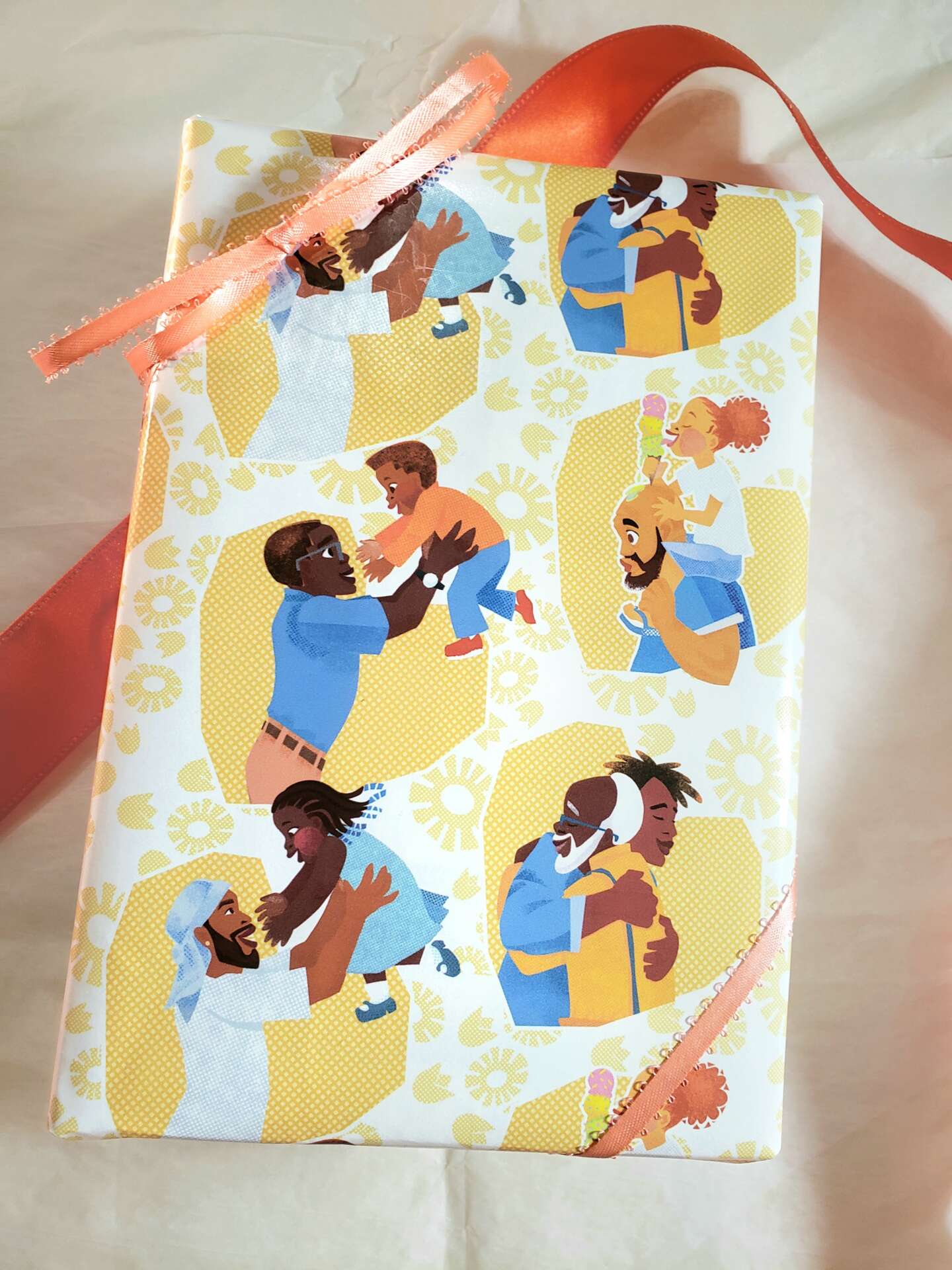We caught up with the brilliant and insightful Jenin Mohammed a few weeks ago and have shared our conversation below.
Jenin, thanks for taking the time to share your stories with us today Do you have an agent or someone (or a team) that helps you secure opportunities and compensation for your creative work? How did you meet you, why did you decide to work with them, why do you think they decided to work with you?
My agent, Christy Ewers of the CAT Agency, found me on instagram. She saw that I was a SCBWI member who wanted to get into illustrating children’s books. When she expressed interest in signing me, I was skeptical. I only had like three images up on my instagram. I thought the offer was too good to be true. I kept hearing stories of how I needed to have at least ten illustrations in my portfolio. Other famous artists spoke about how they went through the trenches, getting rejection after rejection from agencies. I was expecting my journey to be similar. But here was agent with a great reputation asking to represent me before I even began querying! I started feeling more confident when I got a couple other agents reach out to me for representation. I ultimately signed with Christy. Not only was she really friendly and candid but she was willing to take a chance on me. She must have great intuition because a month later, I won the SCBWI portfolio grand prize.

Awesome – so before we get into the rest of our questions, can you briefly introduce yourself to our readers.
The story of how I got into kidlit is a long and winding one. Although I am a kidlit illustrator and author, I actually majored in computer animation at a public university. Breaking into the animation industry after graduation was tough. I worked as a graphic designer by day, but studied drawing, writing, and storytelling by night (things that I honestly should have learned in college, haha). I was interested in writing kids books long before I entered college. But I never thought it could be a career I could make a solid living from. Even though I wanted to work in animation, I joined SCBWI and kept developing my creative skills. My networking and late-night practicing seemed to have paid off when I was offered a storyboarding position. I ended up turning it down. Not only was the pay not great, but my love of writing and illustrating had outgrown my need for validation from the TV animation industry. A couple years later, the pandemic happened and I was “furloughed” from the company. The time I spent unemployed was incredibly useful to my career as an illustrator. Instead of learning about my craft after a long exhausting day of work, I spent most of my time opening up my old watercolor books. No more “maybe” going into kidlit. I was fully committed to getting published. After declining my company’s offer to come back to the office (during the thick of the pandemic– gross), I spent more time deepening my knowledge of Procreate and other tools. By the summer time, I was repped by the CAT Agency. My clients are the usual kidlit publishers: Scholastic Storyworks, HarperCollins, Macmillan, Abrams, etc. My service is illustrating the client’s manuscript in imaginative ways that heighten the experience of the story to the reader. I think my style and attention to detail is what sets me apart in my field. My illustrations have been described as “lush” and “textured” by online book reviewers. The book I am the post proud to be a part of would be Song in the City (written by Daniel Bernstrom, published by HarperCollins). Not only was this book the first book I signed for, but it was pretty lengthy for a picture book (forty pages) and was about a blind protagonist. Being that Daniel Bernstom is blind, and I am not, we had to collaborate in order for me to authentically portray Emmalene, the main character. The project definitely required a lot of research on my part.
One thing that I really want to stress to potential clients and followers is the importance of embracing (and buying!) books that are about people that are different from them. Often times, kids and parents will only pick up books with characters that resemble themselves and skip over books that are about kids of other cultures, family structures, and abilities–the list goes on. I just want readers and illustration-enjoyers to know that even though a character doesn’t resemble you, you are still welcomed to read and enjoy their story.
What can society do to ensure an environment that’s helpful to artists and creatives?
The best way to support artists, aside from buying their art, is by funding the arts. That doesn’t just mean making sure public school art programs are funded. It means making sure your local government is funding the local community culture center. It means having plenty of public spaces available to residents to meet up and exchange ideas. It means having many residencies, stipends, and grants available to artists so they have means to create art. Sure, buying an artist’s art is important. But they can’t produce art if they have to take on multiple jobs to make end’s meet.
Are there any resources you wish you knew about earlier in your creative journey?
Tiktok. It’s a great place to learn what other people in your field are doing. 
Contact Info:
- Website: jeninmohammed.com
- Instagram: https://www.instagram.com/knotwritenow/
- Facebook: www.facebook.com/knotwritenow
- Twitter: twitter.com/JeninMoham
- Other: https://www.pinterest.com/knotwritenow1/


